Trout fishing in impoundments, rivers, and streams offers both challenge and reward for dedicated anglers. With the right approach, you can turn a day on the water into a memorable experience. This guide provides essential insights into the gear, lures, and techniques that can help you maximize your success, whether you're navigating tight, tree-lined streams or casting into open waters.
The Gear
Selecting the right rod is crucial for trout fishing. In small streams, where casting accuracy is key, a shorter rod (5'9" to 7') excels. These rods allow precise placement of your lure in tight spaces and under overhanging branches.
In open areas or when fishing from shore, a longer, light or ultralight action rod with a full-length action is beneficial. These rods can cast smaller lures a greater distance, enabling you to cover more water and reach trout holding in deeper pools. Pair your rod with a 1500-2500 sized reel, spooled with 4-6lb mono or fluorocarbon line. This light setup offers the sensitivity needed to detect subtle strikes and the finesse to present your lure naturally.
Lures and Colors
When choosing lures for trout, simplicity and effectiveness are paramount. ReproBaits Tackle offers a range of lures ideal for targeting trout:
-
Bottom Bugs: These lures, designed to mimic small crustaceans, are particularly effective in rivers and streams where trout feed close to the bottom. Their lifelike appearance and movement make them irresistible to both brown and rainbow trout.
-
ReproBaits Spinner Series: With two spinner series available, ReproBaits provides options that deliver the flash and vibration needed to entice strikes, especially in faster currents where trout rely on their senses to locate prey.
-
Sea Bugs: These lures mimic crayfish, making them a top choice for fishing in rocky or gravel-bottomed streams where crayfish are a natural food source. Their realistic design and action are particularly effective for targeting larger trout.
-
Nippers: This lure is excellent for trolling in impoundments, with a unique action that triggers aggressive strikes from trout wanting smaller soft plastics.
A slow, steady retrieve, often called the "slow roll," is one of the most effective ways to present your lure to trout. In faster water, adding a few twitches can trigger a reaction strike from an otherwise uninterested fish. Adjusting your retrieve based on water conditions can significantly improve your success rate.
Colour Selection
The color of your lure can have a significant impact on your success. In murkier or deeper waters, natural and earthy tones create a better silhouette, making the lure more visible to trout. In contrast, bright or flashy colors excel in fast, clear water where trout are actively feeding. Don’t hesitate to use bold colors like pink—trout often strike aggressively at these hues, especially when they’re in a feeding mood.
Fishing Techniques
When approaching a new spot, it’s tempting to cast as far as possible right from the start. However, starting with closer casts and gradually working your way outwards prevents spooking fish that may be holding close to the bank or in shallow water.
Always cast upstream or diagonally and let your lure swing back. Trout typically face upstream, waiting for food to drift down with the current. By presenting your lure this way, you increase the chances of enticing a strike. Focus on slack water areas in front of or behind rocks, and target undercut banks, particularly on the outside bends of rivers and streams. These are prime holding spots where trout can conserve energy while waiting for prey.
Observation is a crucial skill in trout fishing. Polarized sunglasses allow you to see beneath the water’s surface, helping you spot trout following your lure or holding in the current. Pay attention to how the fish react to your lure, and adjust your presentation as needed. Trout are perceptive and can be easily spooked so move slowly and avoid unnecessary noise or movement.
Playing and Landing Trout
Once a trout is on the line, the challenge intensifies. Keep steady tension on the line, especially if the fish becomes airborne—a common behavior in trout. Single hooks often require a firm hook set, while trebles generally secure the fish with the strike.
Trout are adept at shaking free of hooks, particularly during their acrobatic jumps. Sharp hooks can make the difference between a missed opportunity and a successful catch. A light drag setting allows you to play the fish carefully, reducing the risk of pulling the hook. Use your rod tip to control the fish’s movements, steering it away from potential snags.
If you plan to release the fish, handle it with care. Minimize its time out of the water and avoid lipping the fish to prevent damage to its delicate jaw. Support the trout in the water until it regains its strength and swims away on its own. This careful handling ensures the fish has the best chance of survival after release.
Trout Fishing Mastery: Precision and Patience
Mastering trout fishing in rivers and streams requires a blend of precision, patience, and adaptability. Whether you’re casting into tight, tree-lined streams or working the open waters of a larger river, understanding trout behavior and refining your techniques will lead to more successful outings. Embrace the challenge, respect the environment, and savor the pursuit of these beautiful and elusive fish.

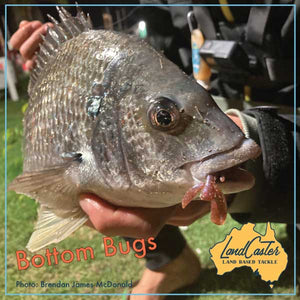
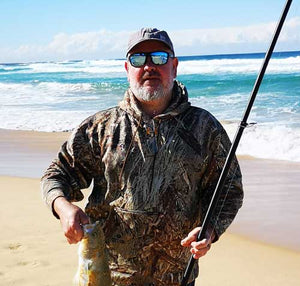
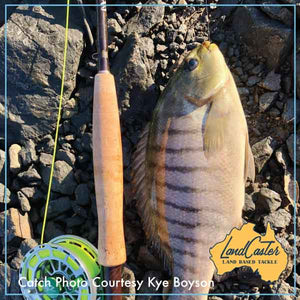
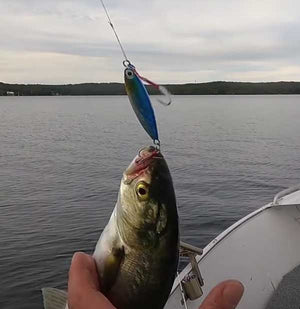
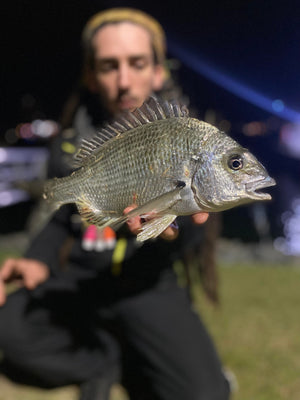
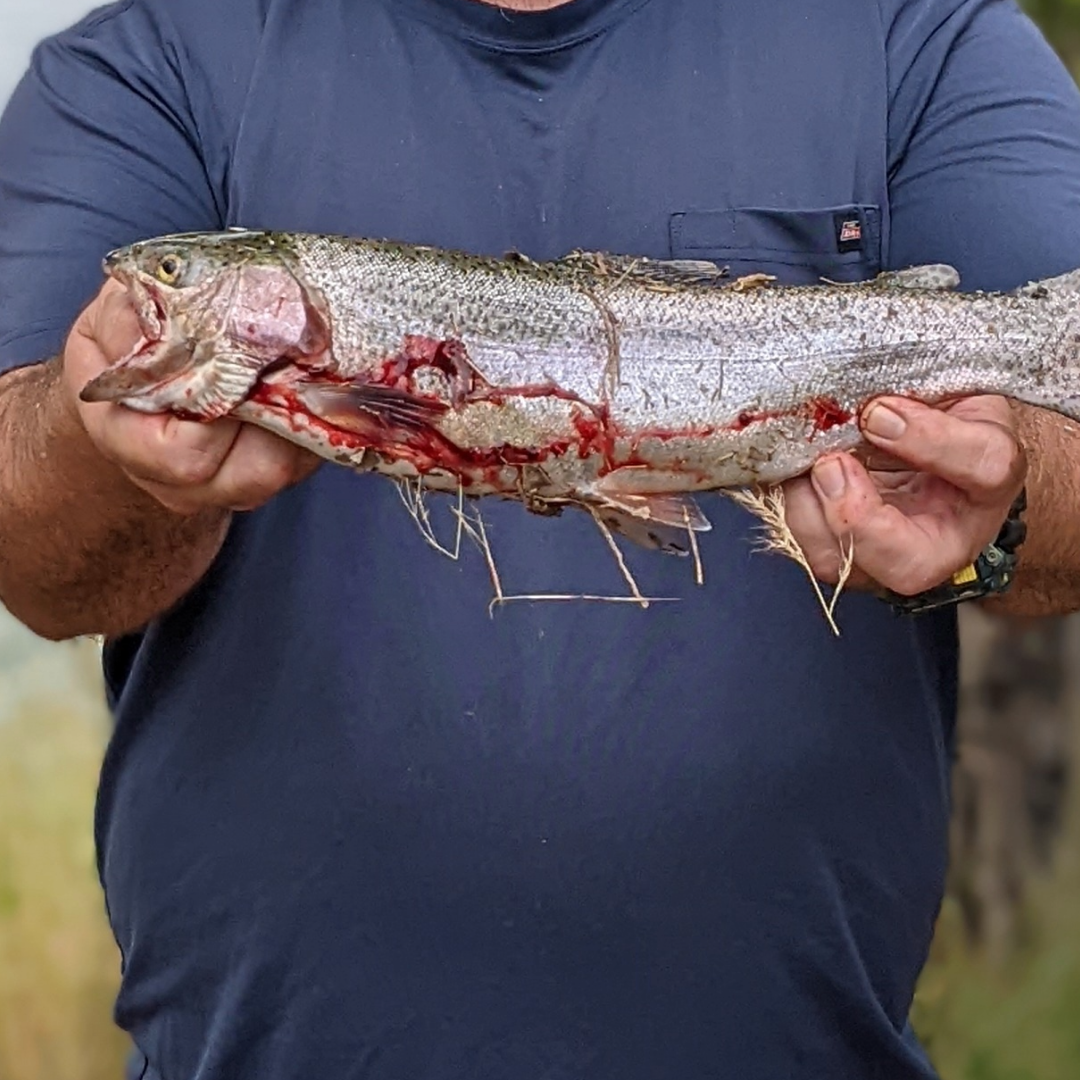
Leave a comment